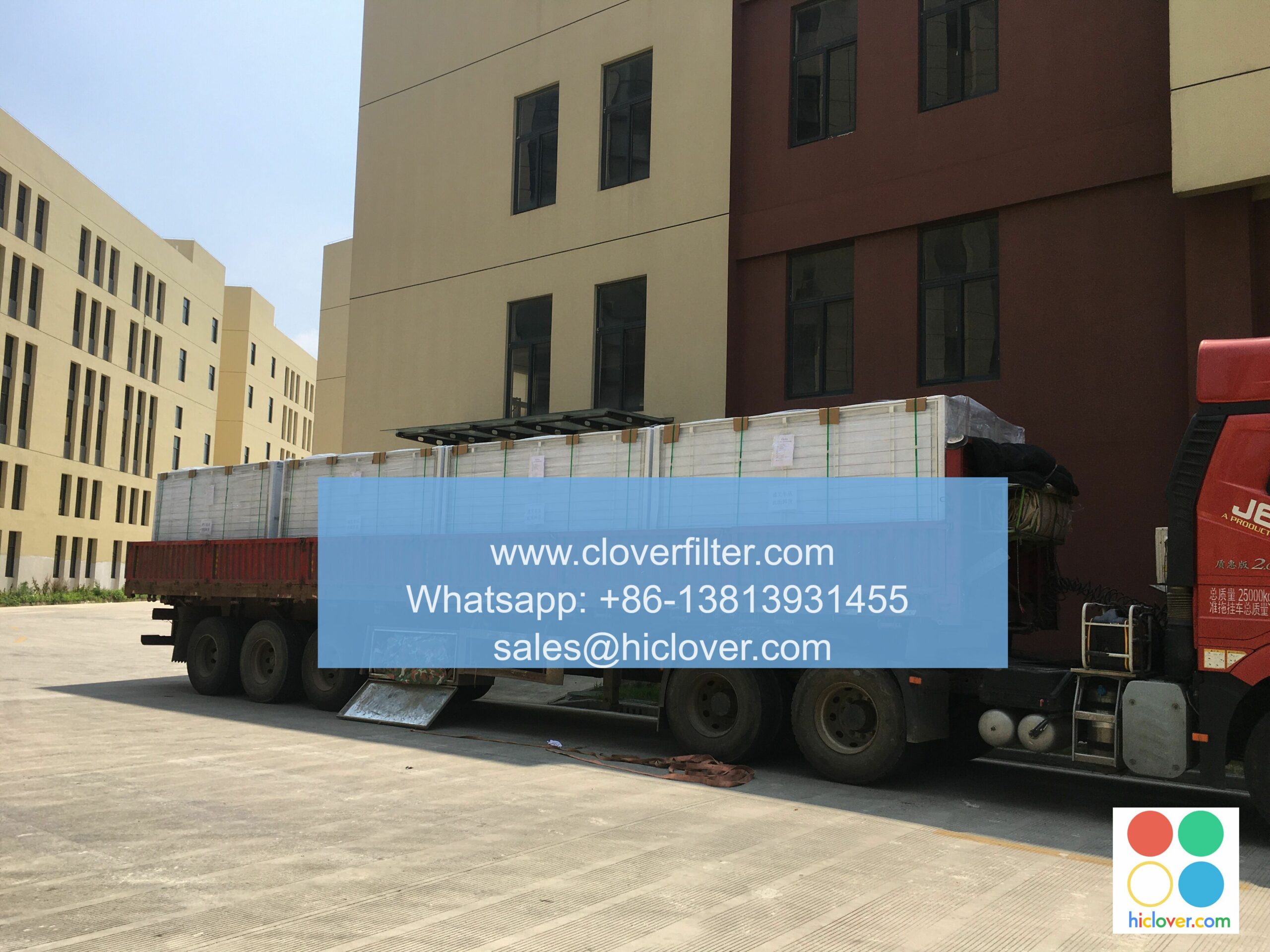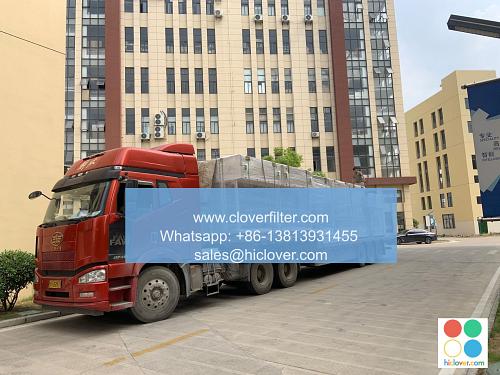Air Filter Selection for Art Studios and Workspaces

When it comes to maintaining a healthy and creative environment in art studios and workspaces, air quality plays a crucial role. The presence of harmful pollutants, particulate matter, and volatile organic compounds (VOCs) can not only compromise the health and well-being of artists and workers but also damage sensitive equipment and artwork. In this article, we will delve into the world of air filtration systems and provide a comprehensive guide on air filter selection for art studios and workspaces.
Understanding the Importance of Air Filtration in Art Studios and Workspaces
Art studios and workspaces often involve the use of hazardous materials, such as paints, varnishes, adhesives, and solvents, which can release toxic fumes and particulate matter into the air. Prolonged exposure to these pollutants can lead to respiratory problems, headaches, and other health issues. Moreover, dust, fibers, and other particulate matter can damage electronic equipment, tools, and artwork, compromising the overall productivity and creativity of the workspace.
Key Considerations for Air Filter Selection
When selecting an air filter for an art studio or workspace, there are several key factors to consider:
* Filter efficiency: Look for filters with high minimum efficiency reporting value (MERV) ratings, which indicate the filter’s ability to capture particulate matter of various sizes.
* Filter type: Choose from HEPA (high efficiency particulate air) filters, activated carbon filters, or combination filters that can capture both particulate matter and gases.
* Airflow rate: Ensure the filter can handle the airflow rate required for the workspace, taking into account the size of the space and the number of occupants.
* Maintenance requirements: Consider the ease of maintenance and replacement costs of the filter.
Application Areas for Air Filtration Systems
Air filtration systems can be applied in various areas of art studios and workspaces, including:
* Painting studios: To capture paint fumes and particulate matter from paints and varnishes.
* Printmaking studios: To remove ink fumes and particulate matter from printmaking processes.
* Sculpture studios: To capture dust and particulate matter from sculpting processes.
* Photography studios: To remove chemical fumes and particulate matter from photographic processes.
Conclusion
In conclusion, selecting the right air filter for an art studio or workspace is crucial for maintaining a healthy and creative environment. By understanding the importance of air filtration and considering key factors such as filter efficiency, filter type, and airflow rate, artists and workers can choose the most effective air filtration system for their specific needs. Whether you’re working with hazardous materials or simply want to improve the overall air quality of your workspace, a well-designed air filtration system can help you breathe easy and create with confidence. You haven’t asked a question or provided any context. What would you like to talk about?

